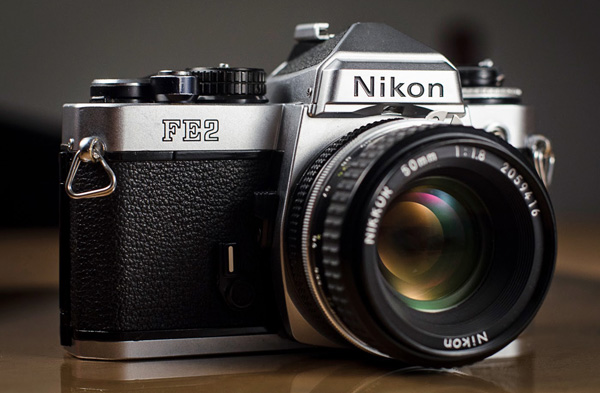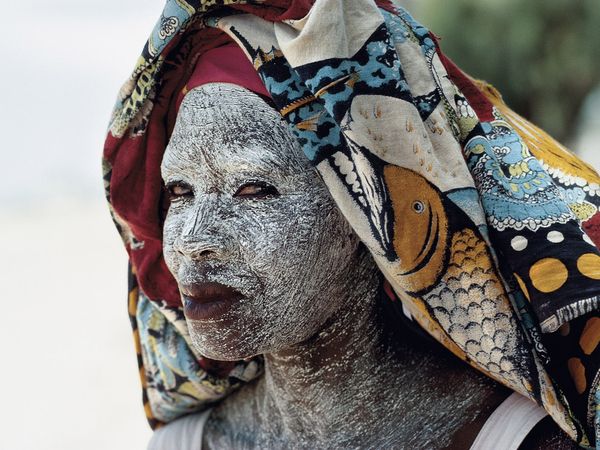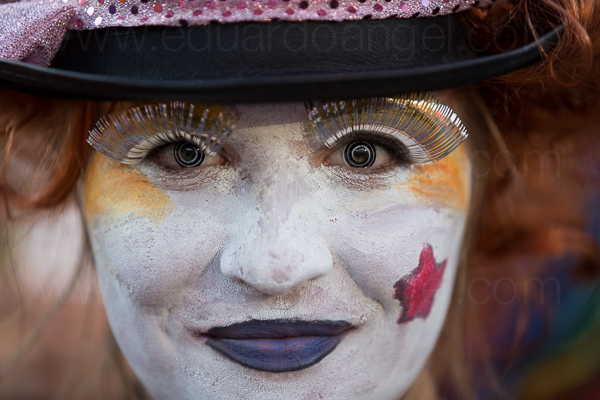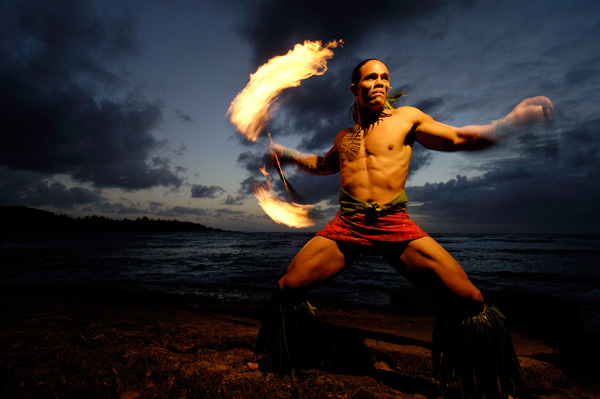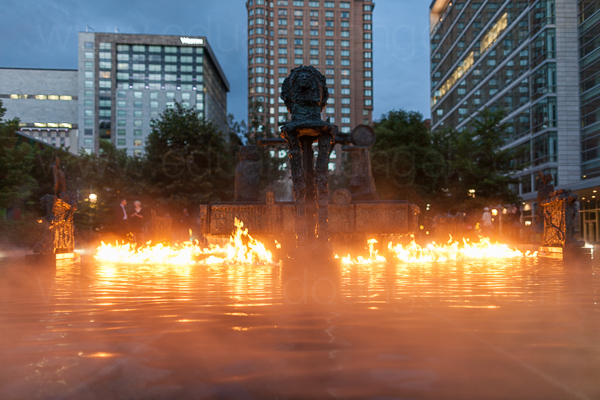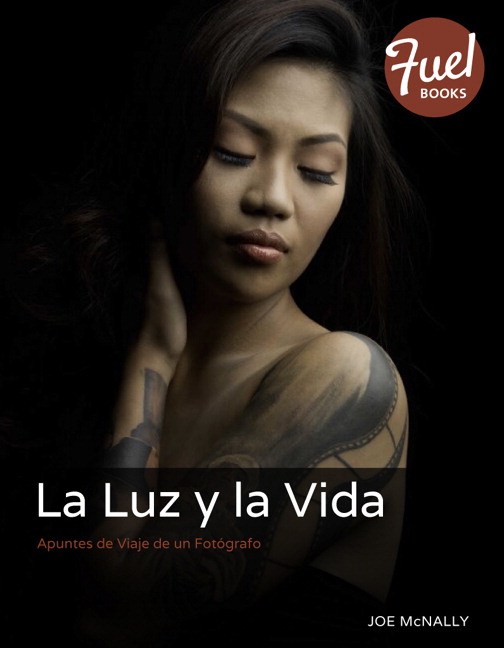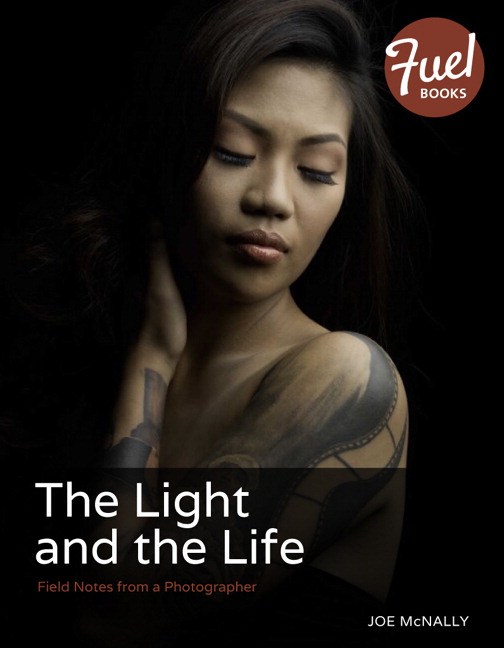Photography
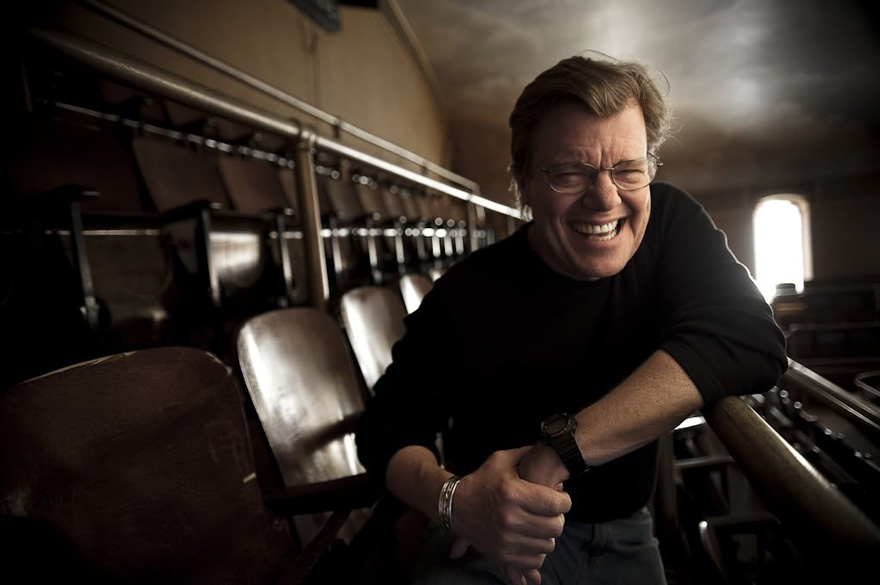
On meeting Joe McNally.
It would not be an understatement to say that I taught myself how to shoot by poring over the work of Joe McNally, James Stanfield, Sam Abell, and David Alan Harvey. I was exposed to their work through my grandparents’ collection of National Geographic magazines. (This was in the late 1980s, when Joe had just started working for the publication.)
I analyzed every one of their images in an attempt to “crack the code” to their magical eyes. The process raised many a question: What is so powerful about this particular image? Is it the light? The composition? The subject matter? The perspective? What lens did they use? How did they get that color in the background?
I “borrowed” my dad’s Nikon FE2 with a 50mm lens for a “weekend” and set out to recreate their images, but from my own point of view. (By the way, the Fuji X100s reminds me very much of those early experiences and that’s why I love it so much. All these pictures were taken using only that camera.) Not having access to a darkroom, I shot 35mm slides (actually, the first time I ever saw a darkroom was in grad school, as I ended up studying architecture for my undergraduate degree, but that’s another story for another day). Shooting slides was the only way I could see my many mistakes and few random successes almost right away. Times have changed a bit.
The results of these explorations were generally disastrous, but I took lots of notes concerning aperture, shutter speed, and lighting conditions for every frame on a little Moleskin “reporter” notebook that made me feel like a National Geographic photographer on assignment. Occasionally when I got a properly exposed image I matched it to its settings and used them as my baseline on the next roll of film. This was certainly a tedious and expensive way to achieve photographic fluency, but it was a valuable learning process that can’t ever be replaced by anything else. Throughout my college years I improved my technical skills, and continued to be inspired by Joe’s images. “Did he use a flash? I actually see two shadows. I think he used two. Did he use a blue and a red gel? Let’s see what happens if I do the same. ”
This was a never-ending exploration and a bizarre, yet wonderful, one-way conversation with my invisible photo mentors. That is, until several years ago, when I was invited to teach workshops in Dubai. To my amazement, sitting across the table were David Alan Harvey, David Burnett, and Joe McNally, among other photo “celebrities.” “Hi, I’m Joe.” Just like that. Without a last name, and not even a hint of snobbery or false humility. After a few nights of having dinner together, and after several glasses of wine, I finally had the balls to share with him that I learned how to shoot by copying his images. I also told him he was the most humble famous person I knew. We’ve met several times since then, and I consider him a dear friend. Imagine my excitement when he called to ask if I’d be interested in editing 25 of his most popular, fun, educational, and madcap posts from his blog and then translating them into Spanish!
And here’s the result, a beautifully designed ebook, available in either Spanish or English. Let’s support Joe by getting a copy today.
